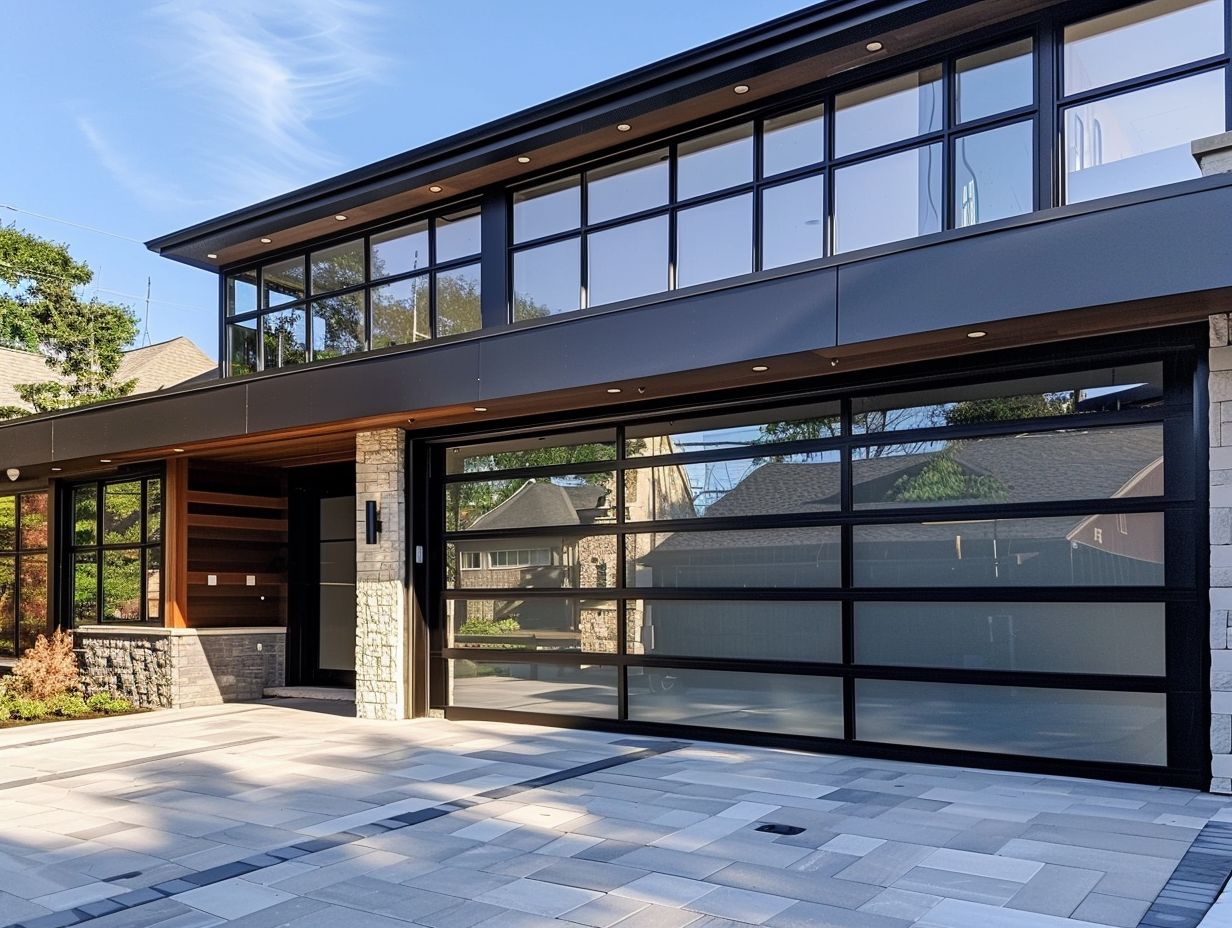Are you experiencing difficulties with your garage door opener?
This article offers comprehensive coverage of identifying common issues and DIY troubleshooting steps to address them effectively.
The discussion will encompass basic maintenance and repairs, along with guidance on how to reset your opener.
Additionally, it will outline the indicators signaling the need to enlist professional assistance and the telltale signs of a potentially more severe problem.
Furthermore, preventive measures to maintain the optimal functioning of your opener will be shared, in addition to factors to evaluate when considering a replacement.
Stay tuned for valuable insights and practical tips.
Common Issues with Garage Door Openers
Garage door openers are essential devices crucial for ensuring the convenience and security of residential properties.
However, they may encounter occasional common issues, such as:
- Unresponsiveness to commands
- Improper opening or closing
- Emitting unusual noises
Identifying the Problem
The initial step in troubleshooting garage door opener malfunctions involves identifying the underlying cause.
When the garage door opener fails to acknowledge commands, it may indicate a range of issues.
The primary course of action involves inspecting the power supply to ensure proper connection and availability of power.
Unusual noises emitted by the opener could be attributed to worn-out gears or loose hardware.
In cases where the door fails to close completely, misalignment of sensors may be the cause.
Systematically investigating these commonly encountered problems enables an efficient diagnosis and resolution of issues pertaining to the garage door opener.
DIY Troubleshooting Steps
Utilizing do-it-yourself troubleshooting measures can assist in resolving and rectifying prevalent issues with garage door openers, negating the necessity for professional intervention.
Basic Maintenance and Repairs
Regular maintenance and repairs play a critical role in optimizing the performance and durability of your garage door opener.
It is essential to lubricate the moving components of the garage door opener regularly, such as the hinges and rollers, to promote smooth functionality and minimize unnecessary wear and tear.
Additionally, tightening any loose hardware, including nuts and bolts, is crucial in preventing potential safety risks.
Regular inspections of the opener system for any indications of wear or damage, such as frayed cables or rusted components, are imperative for early issue detection.
In the case of common problems like misaligned sensors, ensuring their proper alignment and freedom from obstructions can often resolve the issue.
Timely replacement of worn-out gears can also prevent further damage and prolong the lifespan of the opener.
Resetting the Opener
Resetting the garage door opener is a common troubleshooting method that can often rectify issues related to the opener’s unresponsiveness or malfunctioning.
- The initial step in this procedure is to locate the reset button, typically situated on the back of the opener unit.
- Upon identifying the button, it is imperative to adhere to the manufacturer’s guidelines for the reset process.This step is critical for effective troubleshooting as it facilitates the recalibration of the opener’s system and resolution of potential glitches.
- By meticulously following these prescribed steps, one can efficiently reset the garage door opener and restore its proper functionality.
When to Call a Professional
Understanding the appropriate time to seek the assistance of a professional for garage door opener malfunctions can optimize efficiency and mitigate the risk of exacerbating the issue, particularly in cases involving complex problems necessitating specialized intervention.
Signs of a More Serious Problem
Certain indications of more severe garage door opener issues include recurring malfunctions, unusual noises, and damage to critical components such as the motor or track.
Failure to address these warning signs can escalate the problems, potentially resulting in the complete breakdown of the garage door opener.
For example, if the motor is not promptly addressed, it could suffer a complete burnout, rendering the opener inoperable.
Similarly, a damaged track left unattended may cause the door to dislodge or become stuck, posing safety hazards.
By disregarding these symptoms, homeowners may find themselves confronted with more extensive repair tasks and increased costs in the future.
Preventive Measures for Garage Door Opener Issues
Implementing proactive measures to address potential issues with garage door openers can considerably prolong the lifespan of the opener and diminish the probability of facing operational problems.
Tips for Maintaining Your Opener
Routine maintenance recommendations for your garage door opener consist of verifying the alignment of sensors, confirming that the tracks are clear of any debris, and replacing the batteries in the remote control.
It is essential to conduct periodic tests on the autoreverse function to guarantee the safe operation of your garage door.
This procedure involves placing an object in the path of the door to verify that it reverses when obstructed.
Regular inspection of the door balance is crucial to prevent excessive strain on the opener mechanism and ensure smooth functionality.
To sustain optimal performance, it is advised to keep the opener motor free of dust and debris by regular cleaning.
For troubleshooting purposes, if the garage door emits excessive noise, it is recommended to inspect for loose hardware and tighten it as necessary to avert potential complications.
Replacing Your Garage Door Opener
The replacement of a garage door opener may become necessary when repairs are no longer cost-effective or when the system is outdated.
This action ensures improved functionality and security of the garage door system.
Factors to Consider
Important considerations when replacing a garage door opener include evaluating the type of drive mechanism, horsepower rating, and compatibility with the existing components.
Additionally, noise levels play a significant role in the selection process.
Belt drive openers are often quieter than chain drive models, making them a desirable option for households with bedrooms adjacent to the garage.
The integration of smart home technology has gained popularity, enabling homeowners to remotely control the garage door opener through their smartphones.
Furthermore, energy efficiency is a critical factor to contemplate, as contemporary openers are equipped with features designed to reduce electricity consumption.
Before making the decision to upgrade, it is advisable to troubleshoot the current garage door opener to identify any malfunctioning parts.
Assessing the advantages of investing in a newer, technologically advanced model is essential in determining the most suitable replacement for your garage door opener.
Frequently Asked Questions
1. What are some common issues with garage door openers?
Some common issues with garage door openers include sensor malfunctions, faulty wiring, and worn out gears or belts.
2. How do I troubleshoot a garage door opener that won’t open or close?
First, check the power source and make sure it is securely connected. Then, check the batteries in your remote or keypad. If those are not the issue, try resetting the opener by unplugging it and waiting a few minutes before plugging it back in.
3. Why is my garage door opener making strange noises?
The most common reason for strange noises from a garage door opener is worn out gears or belts. Make sure to regularly lubricate the moving parts of your opener to prevent this issue.
4. What should I do if my garage door opener’s remote is not working?
First, try replacing the batteries in the remote. If that doesn’t work, check the antenna on the opener to make sure it is properly aligned. You may also need to reprogram the remote with the opener.
5. Why won’t my garage door opener respond to the remote or keypad?
This could be due to a malfunctioning sensor or a problem with the wiring. Check the sensor to make sure it is properly aligned and not blocked by anything. If the issue persists, it may be time to call a professional for repairs.
6. How often should I perform maintenance on my garage door opener?
It is recommended to perform maintenance on your garage door opener at least twice a year. This includes lubricating moving parts, checking for loose or worn out components, and testing the safety features.

